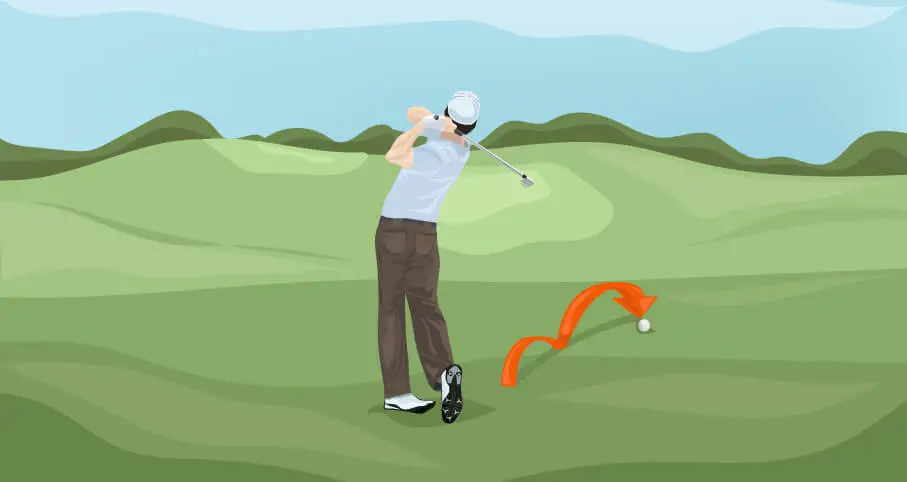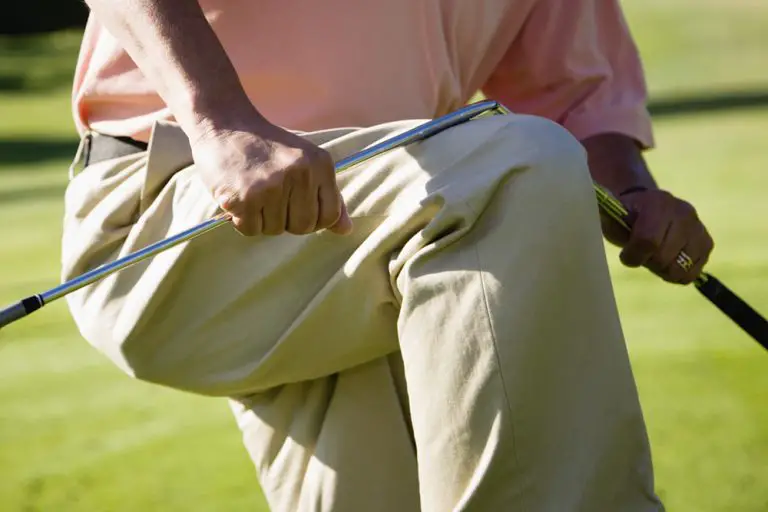How To Stop Topping The Golf Ball

Topping the golf ball is a frustrating issue that many golfers encounter. It’s that dreaded moment when the club strikes the upper half of the ball instead of making clean contact with the center. The result? A weak shot that flies low, often traveling only a short distance and lacking the desired trajectory. It can be incredibly frustrating, especially when you know you’re capable of hitting better shots.
The good news is that topping the ball is a common problem that can be addressed and overcome with the right techniques and adjustments. By understanding the causes and implementing the correct strategies, you can improve your ball-striking consistency and achieve more satisfying results on the golf course.
In this article, we will delve into the various factors that contribute to topping the golf ball and provide you with practical tips and actionable advice to help you stop topping your shots. We will explore the fundamentals of a proper setup, swing mechanics, timing, and mental focus. By addressing these key areas, you will be well on your way to eliminating those frustrating topped shots and hitting the ball with confidence and consistency.
So, if you’re ready to take your game to the next level and start making solid, crisp contact with the golf ball, let’s dive into the essential strategies and techniques to stop topping the golf ball.

Understanding the Causes of Topping the Golf Ball
- Explain the common causes of topping the ball, such as improper ball position, incorrect posture, or lifting the head during the swing.
- Discuss the importance of proper swing mechanics and maintaining a consistent swing plane.
Developing Proper Fundamentals
- Highlight the significance of a solid setup and alignment.
- Discuss the importance of maintaining a balanced stance, proper grip, and relaxed posture.
- Provide tips on achieving the correct ball position for different clubs.
Mastering the Correct Swing Technique
- Explain the importance of maintaining a steady head position and keeping the eyes on the ball throughout the swing.
- Discuss the role of the arms, hands, and wrists in creating a smooth and controlled swing.
- Provide drills and exercises to develop a consistent and repeatable swing.
Addressing Common Swing Errors
- Identify common swing errors that contribute to topping the ball, such as early release, improper weight transfer, or an overactive lower body.
- Provide techniques and drills to correct these errors and improve swing mechanics.
Improving Timing and Tempo
- Discuss the significance of proper timing and tempo in preventing topping the ball.
- Provide tips and exercises to develop a smooth and rhythmical swing motion.
Building Confidence and Focus
- Highlight the mental aspect of golf and the impact it can have on performance.
- Offer strategies to build confidence, manage pressure, and stay focused during the swing.
Practical Tips for Consistent Ball-Striking
- Provide additional practical tips and advice for improving ball-striking consistency.
- Discuss the importance of practice, including both on-course and off-course drills.
- Suggest incorporating video analysis and seeking professional instruction for further improvement.
Troubleshooting and Problem-Solving
- Address specific challenges that golfers may encounter in their journey to stop topping the ball.
- Provide troubleshooting tips and strategies to overcome common issues.
- Offer guidance on maintaining patience and perseverance throughout the learning process.
Conclusion
- Summarize the key points covered in the article.
- Encourage golfers to apply the techniques and tips discussed to overcome the problem of topping the golf ball.
- Emphasize the importance of practice, patience, and a positive mindset in improving overall ball-striking consistency.
Note: This content outline is a general guide and can be expanded further with additional subsections, practical examples, and actionable tips to provide a more detailed and comprehensive article.






